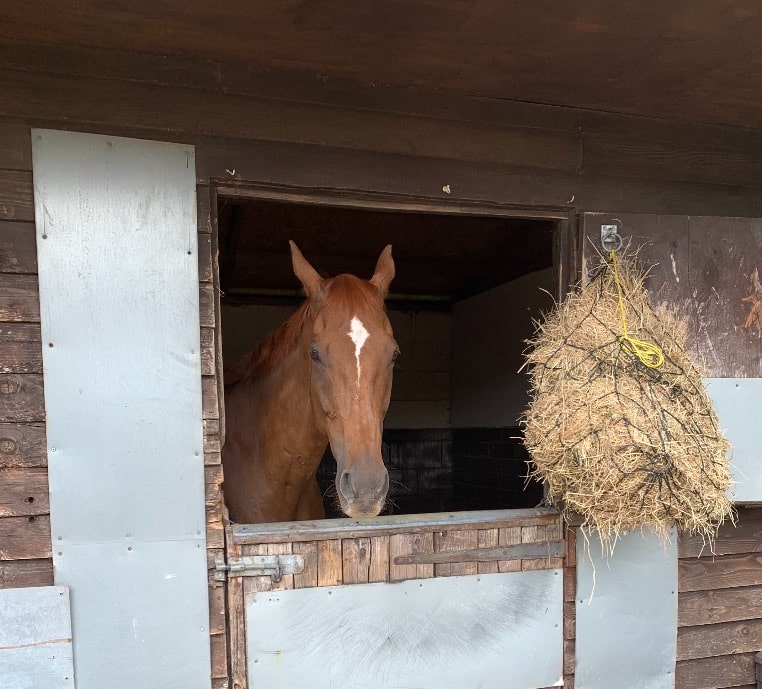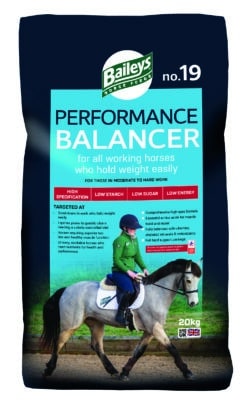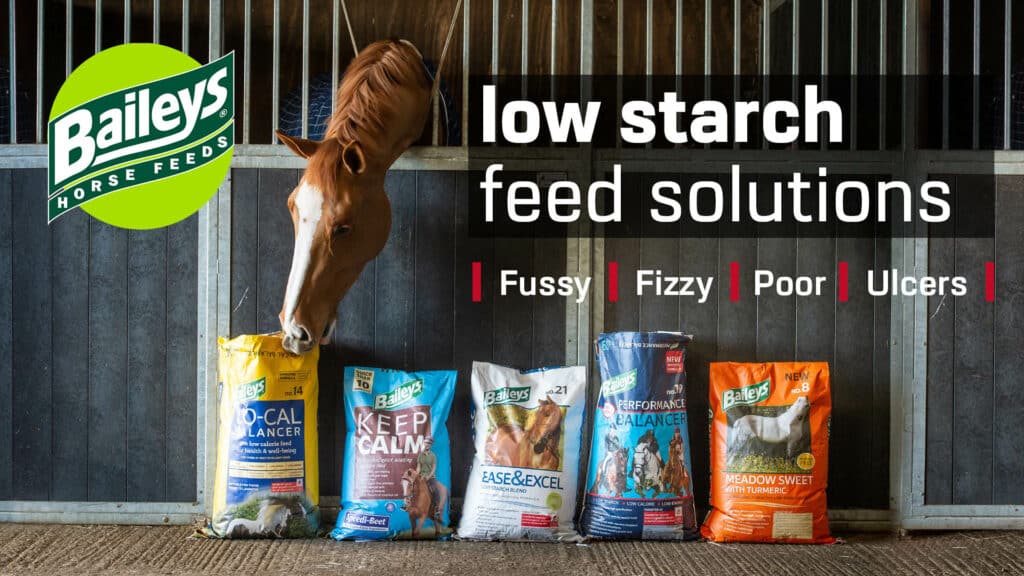Daily Management, Digestion, Featured, Gastric, Nutrition, Performance & Fittening
Equine gastric ulcer syndrome – EGUS: the facts
Briony Witherow, brings us 10 key facts we should all know about EGUS
1. Equine Gastric Ulcer Syndrome (EGUS) is an umbrella terms under which sit two more specific categories: Equine Squamous Gastric Disease (ESGD) describing ulcers primarily affecting the non-glandular ‘unprotected’ (top) region of the stomach; and Equine Glandular Gastric Disease (EGGD) describing ulcers primarily affecting the glandular region (bottom) of the stomach¹ ² ³ ⁴. Risk factors and subsequent management vary between the two, ESGD thought to be more responsive to dietary management.
2. Equine Gastric ulcers are reported in all ages and breeds of horse, this is not just an issue concerning performance horses. While reports on prevalence vary widely, for leisure horses incidence of ESGD is reported at 37-59%,⁵ ⁶ ⁷ and for EGGD in excess of 50% ⁸ ⁹.
3. Reduced fibre intake is a risk factor for gastric ulcers; inadequate forage intake (less than 1kg per 100kg bodyweight) essentially means the horse is unable to employ his ‘natural defences’ when it comes to ulcer protection; saliva from chewing and the presence of fibrous material in the stomach, both act as a buffer to the gastric acid and the latter as a physical barrier between this and the unprotected lining.

4. An interval of more than 6 hours between forage feeds increases the risk of ESGD¹⁰ ¹¹. In fact, feed withdrawal for just two hours has been shown to reduce acidity in the stomach to less than two¹¹.
5. High starch intakes increase the risk of gastric ulcers ¹² ⁷. A starch intake exceeding 2g per kilogram bodyweight per day (>1kg for a 500kg horse) or feeding more than 1g per kilogram bodyweight per meal has been recognised to double the risk⁷.
6. Straw as the only forage source has been seen to increase ESGD risk⁷.
7. Exercise on an empty stomach increases risk of ESGD. The incidence commonly referred to as ‘acid splash’¹³ caused by a contraction of the stomach during exercise is thought to allow acid from the glandular region to reflux up to the squamous region resulting in acid injury. Exercise in trot and above has been shown to decrease the pH in the squamous (top) region of the stomach dramatically.
8. Reduced water intake may aggravate acidity in the stomach. Horses without access to water in their paddock are more likely to have ulcers than those with⁷.
9. No supplements have yet been credited with sufficient efficacy to suggest that they could be relied upon in the absence of veterinary treatment and management/lifestyle changes and should be viewed as ‘the cherry on top’ of good foundations.
10. Forget the stereotypical ‘ulcer horse’, all horses are predisposed to ulcers, simply due to their gastric physiology and the realities of domestication. Even if your horse is not the usual ‘type’ that we have come to associate with ulcers (poor condition, picky feeder), don’t disregard it. Symptoms of ulcers range widely between individual horses and it’s up to us as horse owners to notice any changes in behaviour however nuanced¹⁴. With these in mind, whether you care for a horse who has or hasn’t had ulcers in the past, these management tips will help to promote a healthy digestive tract.
Management strategies
Do ensure a diet with plenty of fibre and consider ways of extending chew time required (e.g multiple nets, slow feeders).
- A minimum of 1.5% bodyweight dry matter of long stem good quality fibre is suggested. Where possible, try to avoid the use of straw and other coarse fibre as the sole forage supply.
- For those on restricted rations don’t forget to account for dry matter (roughly 60% for haylage and 85% for hay AND if soaking the latter for long periods add a further 20% to account for the losses in dry matter).
- Always weigh before soaking or steaming and when weighing rations remember to consider the weight of the net – this may seem negligible, but it soon adds up!
- Get an idea of how long the forage ration may be lasting your horse; time how long it takes them to eat 1kg and multiply this by the number of kilograms fed. While this is a very crude approach, it should give you an idea whether your horse may be spending long periods without forage and provide a ‘baseline’ should you wish to employ any slow feeders or change forage management.
 DO consider the type of diet fed and where possible minimise starch intake and bucket meal sizes There are certain ingredients that are known to have a higher acid binding capacity such as beet and alfalfa¹⁵. Whereas cereals, being high in starch, and low in calcium and protein have poor buffering capacity. A reduction or complete removal of cereal grains from the diet can help to minimise starch intake. Small frequent meals (less than 0.5kg per 100kg bodyweight) are preferable to few large meals ¹⁵ ¹⁶.
DO consider the type of diet fed and where possible minimise starch intake and bucket meal sizes There are certain ingredients that are known to have a higher acid binding capacity such as beet and alfalfa¹⁵. Whereas cereals, being high in starch, and low in calcium and protein have poor buffering capacity. A reduction or complete removal of cereal grains from the diet can help to minimise starch intake. Small frequent meals (less than 0.5kg per 100kg bodyweight) are preferable to few large meals ¹⁵ ¹⁶.
DO check for the BETA Gastric Ulcer Feed Assurance Mark
This mark recognises feeds suitable for horses prone to gastric ulcers. These products undergo extensive review and certifies that the starch and sugar content are low enough for horses prone to gastric ulcers (when fed at recommended amounts). While there are many appropriate feeds which do not hold this accreditation, it is a good starting place for those looking for appropriate feeds.
DO ensure fibre intake prior to exercise and monitor intake during travel or in situations where a pre-exercise fibre meal may not be possible.
DO ensure access to fresh clean water and monitor intake DO not discount supplements which are aimed to help with gastric ulcers but, don’t rely on them as the sole management. Remember, while their presence may be beneficial, first and foremost the base diet and daily management must be appropriate.

References
- Sykes, B., and Jokisalo, J.M. (2015b) Rethinking equine gastric ulcer syndrome: Part 3 – Equine glandular gastric ulcer syndrome (EGGUS). Equine Veterinary Education, 27 (7): 372-375.
- Sykes, B.W., and Jokisalo, J.M. (2014) Rethinking equine gastric ulcer syndrome: Part 1- Terminology, clinical signs and diagnosis. Equine Veterinary Education, 26 (10) 543-547.
- Sykes, B.W., and Jokisalo, J.M. (2015a) Rethinking equine gastric ulcer syndrome: Part 2- Equine squamous gastric ulcer syndrome (ESGUS). Equine Veterinary Education, 27 (5) 264-268.
- Sykes, B.W., Hewestson, M., Hepburn, R.J., Luthersson, N., and Tamzali, Y. (2015) European College of Equine Internal Medicine Consensus Statement – Equine gastric ulcer syndrome in adult horses. Journal of Veterinary Internal Medicine, 29 (5): 1288-1299.
- Murray, M.J., Grodinsky, C., Anderson,C.W., Radue, P.F., Schmidt, G.R. (1989) Gastric ulcers in horses: a comparison of endoscopic findings in horses with and without clinical signs. Equine Veterinary Journal, 7: 68-72.
- Niedźwiedź, A., Kubiak, K., Nicpon, J. (2013) Endoscopic findings of the stomach in pleasure horses in Poland. Acta Veterinaria Scandinavica, 55 (1): 45.
- Luthersson, N., Nielsen, K., Harris, P., and Parkin, T.D.H. (2009) Risk factors associated with equine gastric ulceration syndrome (EGUS) in 201 horses in Denmark. Equine Veterinary Journal, 41 (7): 625-630.
- Hepburn, R.J. (2014) Endoscopic examination of the squamous and glandular gastric mucosa in sport and leisure horses: 684 horses (2005-2011). BMC Veterinary Research. 10: 11.
- Husted, L., Jensen, T.K., Olsen, S.N., Mølbak, L. (2010) Examination of equine glandular stomach lesions for bacteria, including Helicobacter spp by fluorescence in situ hybridisation. BMC Microbiology,10:1–8
- Husted, L., Sanchez, L.C., Baptiste, K.E., and Olsen, S.N. (2009) Effect of a feed/fast protocol on pH in the proximal equine stomach. Equine veterinary Journal, 41 (7):658-662.
- Murray, M.J., and Schusser, G.F. (1993) Measurement of 24-h gastric pH using an indwelling pH electrode in horses unfed, fed and treated with ranitidine. Equine Veterinary Journal, 25 (5): 417-421.
- Metayer, N., Lhote, M., Bahr, A., Cohen, N.D., Kim, I., Roussel, A.J., and Julliand, V. (2004) Meal size and starch content affect gastric emptying in horses. Equine Veterinary Journal, 36 (5): 436-440.
- Lorenzo-Figueras, M., and Merritt, A.M. (2002) Effects of exercise on gastric volume and pH in the proximal portion of the stomach of horses. American Journal of Veterinary Research, 63 (11): 1481-1487.
- Dyson, S., Bondi, A., Routh, J., Pollard, D., Preston, T., MCConnell, C. and Kydd, J.H. (2021) An investigation of behaviour during tacking-up and mounting in ridden sports and leisure horses. Equine Veterinary Education [online] Available from: https://doi.org/10.1111/eve.13432 [Accessed 22nd July 2021]
- Andrews, F.M., Buchanan, B.R., Smith, S.H., Elliott, S.B., and Saxton, A.M. (2006) In vitro effects of hydrochloric acid and various concentrations of acetic, propionic, butyric or valeric acids on bioelectrical properties of equine gastric squamous mucosa. American Journal of Veterinary Research, 67 (11):1873-1882.
- Bass, L., Swain, E., Santos, H., Hess, T., and Black, J. (2018) Effect of feeding frequency using a commercial automated feeding device on gastric ulceration in exercised quarter horses, Journal of Equine Veterinary Science, 64: 96-100.
